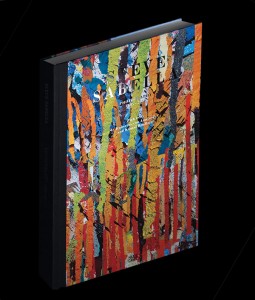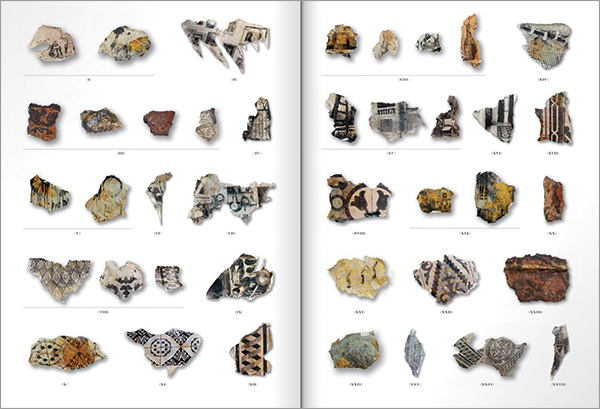Published by Hatje Cantz in collaboration with the Akademie der Künste, Berlin, 2014
208 pages, 162 illustrations,
24.20 x 32.60 cm, half cloth, € 49.80
 The first monograph of Jerusalemite artist Steve Sabella has been released. Sabella left the city in 2007 to pursue higher education in London. After earning two MAs, one in photographic studies from the University of Westminster and the other in art business from Sotheby’s Institute of Art, he moved to Berlin.
The first monograph of Jerusalemite artist Steve Sabella has been released. Sabella left the city in 2007 to pursue higher education in London. After earning two MAs, one in photographic studies from the University of Westminster and the other in art business from Sotheby’s Institute of Art, he moved to Berlin.
Featuring Sabella’s work that was produced over the last two decades of his prolific career, the monograph is foremost an aesthetically exquisite art book. It opens with a foreword by Kamal Boullata. Professor Hubertus von Amelunxen then presents a series of essays that explore the conceptual spectrum of Sabella’s oeuvre. These three channels – Sabella’s artworks, Boullata’s introduction, and Amelunxen’s analysis – function as separate entities in open dialogue. The delicate and intriguing overlaps between them create layers of meaning that mirror the artworks they address.
The cover exemplifies these layers. Bright bands in many colors fold over one another and wrap around the surface of the book. Upon closer inspection, their photographic composition becomes apparent. The title of the book, set in metallic foil, is barely visible on the cover, as if entirely consumed by the work itself. Later, the artwork from which these bands of color have been extracted will be discovered in Sinopia.
Kamal Boullata’s foreword offers a concise preface to the foundational themes that Amelunxen later addresses. He highlights the core aspects of Sabella’s work – the artist’s unique use of the camera as an unconventional tool and the relationship between his photographic works with abstraction and painting.
“It obviously needed a Palestinian artist doing astonishing work to shake the very foundations of the certainty of my view and interpretation.”
Quoted above, Amelunxen presents a sweeping survey over the course of six essays titled After the Last Sky, Disentanglement, Cut, Palimpsest, Translation, and Counterpoint. Each provides a specific lens through which the artworks can be seen. An intricate balance is struck between entirely new and stimulated readings of the work, and references to the ideas of Said, Flusser, Benjamin, Alhazen, Nietzsche, Heidegger, Derrida, Butler, and Didi-Huberman. A more in-depth presentation is given of Mahmoud Darwish’s poetry throughout, which remarkably echoes the conceptual threads in Sabella’s work. Amelunxen raises more questions than he answers, engaging the reader in a conversation that extends beyond the pages of the book.
Sabella’s body of work is presented chronologically, and the texts and contextual images are interspersed within the series. Here viewers have the full visual journey at their fingertips and can enjoy the evolution of form and content over time. Politically hard-hitting works such as Settlement – Six Israelis & One Palestinian and In Exile mix with the sensitivity present in Cécile Elise Sabella and the charged aesthetic experience of Independence. The artist has discovered a means of conveying a multitude of nuanced visual experiences through work that is diverse and never ceases to captivate.
» Book design and image by Onlab.

